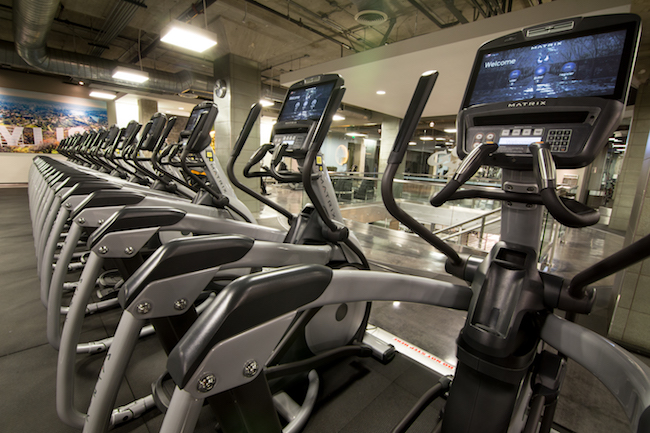A patient is positioned in a supine position with their head lower than their feet in the Trendelenburg position. This position is frequently utilized for several medical disorders, as well as for surgical or medical operations. This article will examine the Trendelenburg position’s history, advantages, hazards, and applications in contemporary medicine.
The Trendelenburg Position’s past
The German surgeon Friedrich Trendelenburg, who originally defined the Trendelenburg posture in 1885, is the subject of the term. It was then utilized to enhance surgical exposure when doing treatments on the pelvis and lower abdomen. Trendelenburg thought that the position might aid in reducing bleeding and enhancing operative site visibility. Since that time, the Trendelenburg position has been applied in numerous medical settings and is the subject of in-depth research.
The Trendelenburg Position’s advantages
For patients, the Trendelenburg posture has a number of advantages. Venous return is increased, which is one of the main advantages. Gravity aids in the blood’s return to the heart while a patient is in the Trendelenburg position, which might enhance circulation and lessen swelling in the lower limbs.
Patients with low blood pressure may also benefit from the Trendelenburg position. The position can help enhance blood flow to the brain and raise blood pressure by lowering the head and raising the feet.
The Trendelenburg position can also be helpful while doing surgery or other medical operations. The surgeon can minimize bleeding and increase operative site visibility by tilting the patient’s body. Additionally, the position can aid in avoiding complications like thrombosis or embolism.
Trendelenburg Position Dangers
The Trendelenburg position has several advantages but also some hazards. Low blood pressure, or hypotension, is one of the main hazards. This may happen if the patient’s blood pressure falls too low as a result of the position change. While in the Trendelenburg position, patients who are at risk for hypotension should be closely watched.
The Trendelenburg posture also carries the danger of elevated intracranial pressure. Blood can collect in the skull when it is lowered below the heart, which may increase pressure in the brain. Patients who have suffered head injuries or other conditions that affect intracranial pressure may find this to be especially hazardous.
The Trendelenburg position also carries the danger of venous air embolism, nerve damage, and aspiration of gastric contents. Despite being relatively uncommon, these risks should be taken into account when using the Trendelenburg position.
Trendelenburg Position: Uses
Surgery, emergency care, and critical care are just a few of the medical contexts where the Trendelenburg position is employed. The posture can be utilized during surgery to increase exposure and lessen hemorrhage while working on the pelvis, lower abdomen, or legs. Additionally, it can be utilized during laparoscopic surgery to aid in expanding the working area in the abdomen.
In emergency care, individuals with low blood pressure or shock may benefit from being in the Trendelenburg position to increase blood flow to the brain. Additionally, it can be used to help patients with deep vein thrombosis or other circulation-related conditions lessen swelling in their legs.
Patients with acute respiratory distress syndrome or other respiratory disorders can benefit from improved oxygenation in critical care when in the Trendelenburg position. The position can help with lung function and oxygenation by tilting the patient’s body.
Conclusion
A patient is positioned in a supine position with their head lower than their feet in the Trendelenburg position. Although it has a number of advantages, such as improved surgical exposure and increased venous return, it also carries some risks, such as hypotension.A patient is positioned in a supine position with their head lower than their feet in the Trendelenburg position. This position is frequently utilized for several medical disorders, as well as for surgical or medical operations. This article will examine the Trendelenburg position’s history, advantages, hazards, and applications in contemporary medicine.

the gorila is news magazine . gorila magazine will upload general news ,fashion ,tech,halth,business etc post
contact for author robston189@gmail.com


